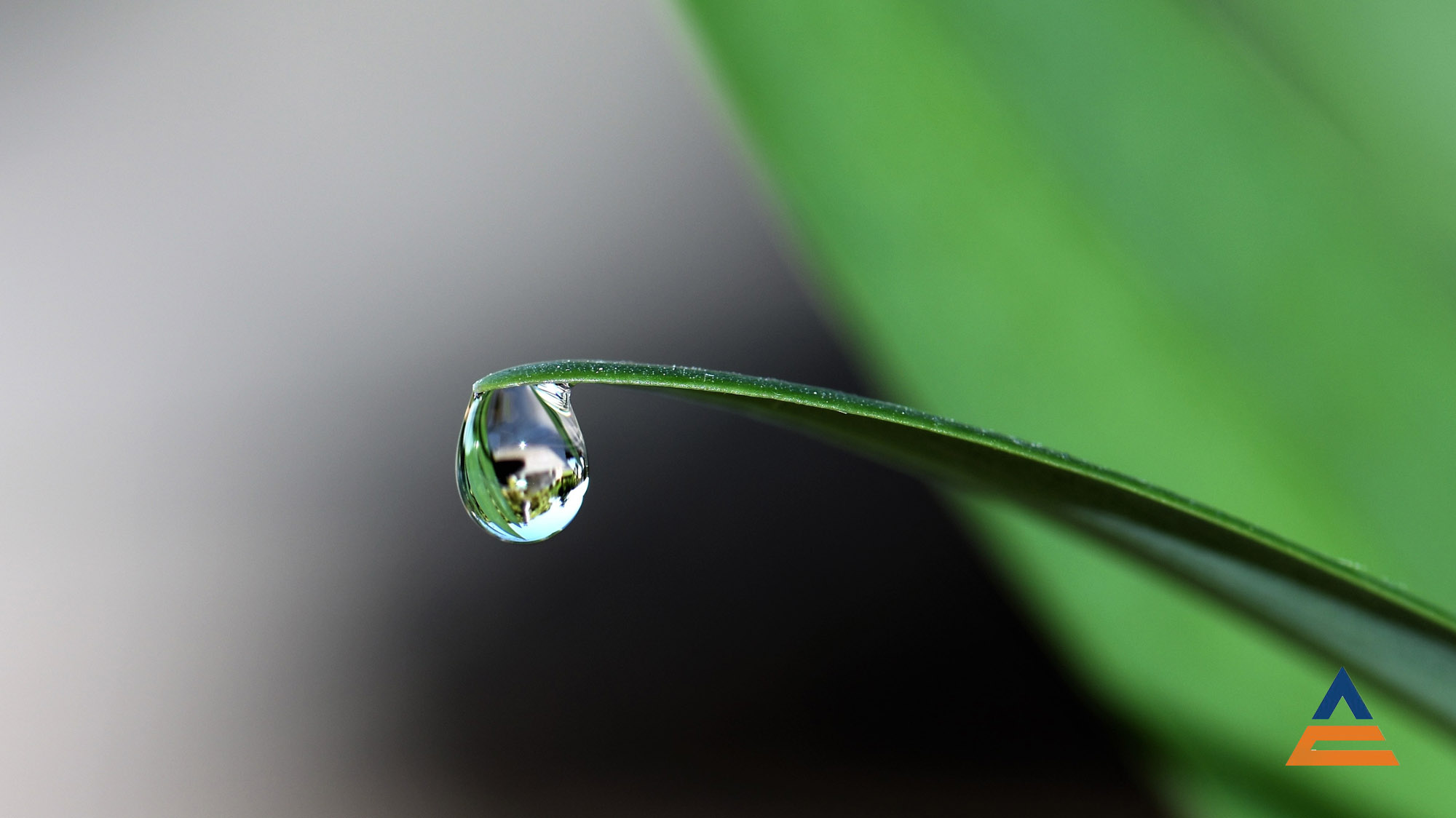Different ways of the sustainable product
One should start with the first myth: What is a sustainable product? Does sustainability mean economically sensible use of resources? Is sustainable only what is ecological? Or is CO2 neutrality the only way to sustainability? And where does this lead to the Corporate Social Responsibility approach?
In a recent customer survey of a shoe manufacturer on the importance of sustainability when buying shoes and the subsequent possibility of freely formulating the focus of sustainability, there were very differentiated answers among customers for whom sustainability was very important: „vegan shoes“, „no purchase of leather shoes“, „no production in Asia and shipping across the planet“, „use of leather where animals have already donated other agricultural benefits“ to „use of pure natural materials – e.g. cork“. At one point, however, a bundling of answers could be seen, even among customers who gave sustainability only a high and not very high priority: „long usability and durability“.
Life cycle of products
If one leaves aside the aspects of fashion, trend and innovation, which stand in the way of long-term usability, sustainability could be discernible from the customer statements on the desired duration of use of the product and the associated increased quality requirements. From the customer’s point of view, it is now easier to carry out an analysis and to extend a classic total cost of ownership analysis by the factor CO2. If a product can be used for a longer period of time and thus has the possibility to prevent a new acquisition through repair and maintenance, the share of the resources used, including the necessary CO2 emissions, is of course massively reduced in comparison to an inferior product which, at a certain point, does not provide the possibility of further use, but only the procurement of a replacement with a large input of resources.
Cradle to Grave CO2 Emission
Today, the automotive industry is already using so-called cradle to grave analyses and very detailed CO2 emissions and their costs in the various steps from material to the actual production, maintenance and disposal. Since, for cost reasons, ever cheaper material, production and manufacturing possibilities were sought worldwide, a completely new aspect is now added to the decision criterion of the future. Future supply chains will not only have to be designed from a cost perspective, but also according to aspects of CO2 emissions. And this decision criterion will also reach the consumer; a statement about the CO2 footprint analogous to the energy values in the food sector cannot and should not be excluded. And at the latest at that moment a consumer is able to make a simple CO2 comparison over his expected life time of the product as he is already doing today in terms of his invested capital.
The correlation between high quality, durability and perceived sustainability can certainly be applied to many products in the consumer goods sector. However, there is currently still a lack of the required transparency about the different CO2 emissions so that the consumer is able to distinguish between two products against this background. This transparency is demanded and necessary by many current topics. Not least by additional future costs which must be taken into account in the CO2 pricing of each individual product.
Rainer den Ouden
Partner, ADCONIA GmbH
Sinja Krauskopf
Consultant, ADCONIA GmbH



